
It’s more or less a fact that Gabon doesn’t ring familiar to the average person around the world, yet this anonymous African nation is one of Sub-Saharan Africa’s most prosperous countries, both in terms of GDP per capita and Human Development Index. The lack of any major ethnic conflicts and abundance of natural resources helped Gabon to keep its natural wonders almost intact, offering travelers a plethora of bio-diverse reserves and national parks. Besides its richness of wildlife, the country is also home to a fascinating mosaic of cultures and people, documented in this series of authentically captured snapshots of the local day to day life.
Like many African nations, Gabon has a large sector of informal economy, dominated by street hawkers selling practically everything. Buying fruits from roadside vendors is not only a great opportunity to have a tasty snack, but also a truly enjoyable experience by itself as sellers tend to be extremely friendly and curious, particularly with foreigners.
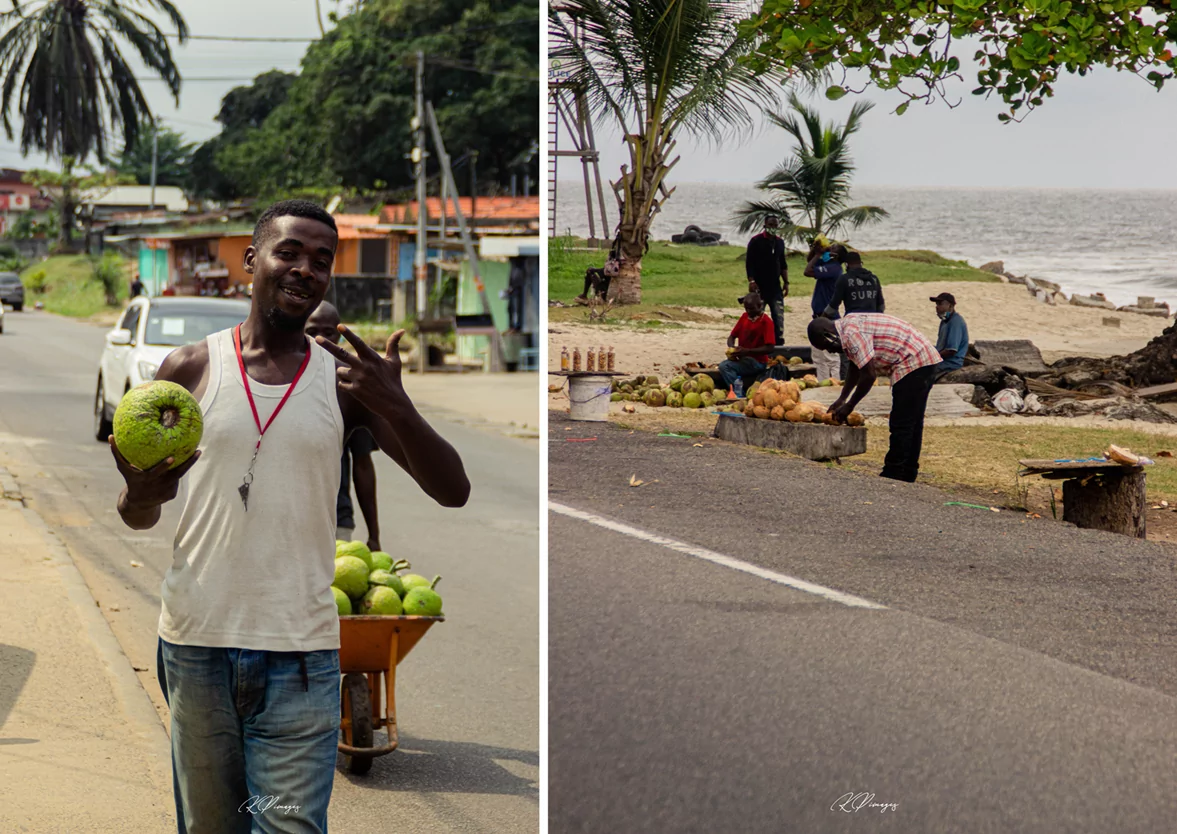
photography by: Kenny Painson
Gabonese markets are brimming with hectic activity, reflecting the country’s agricultural abundance, the result of fertile lands and economic stability.
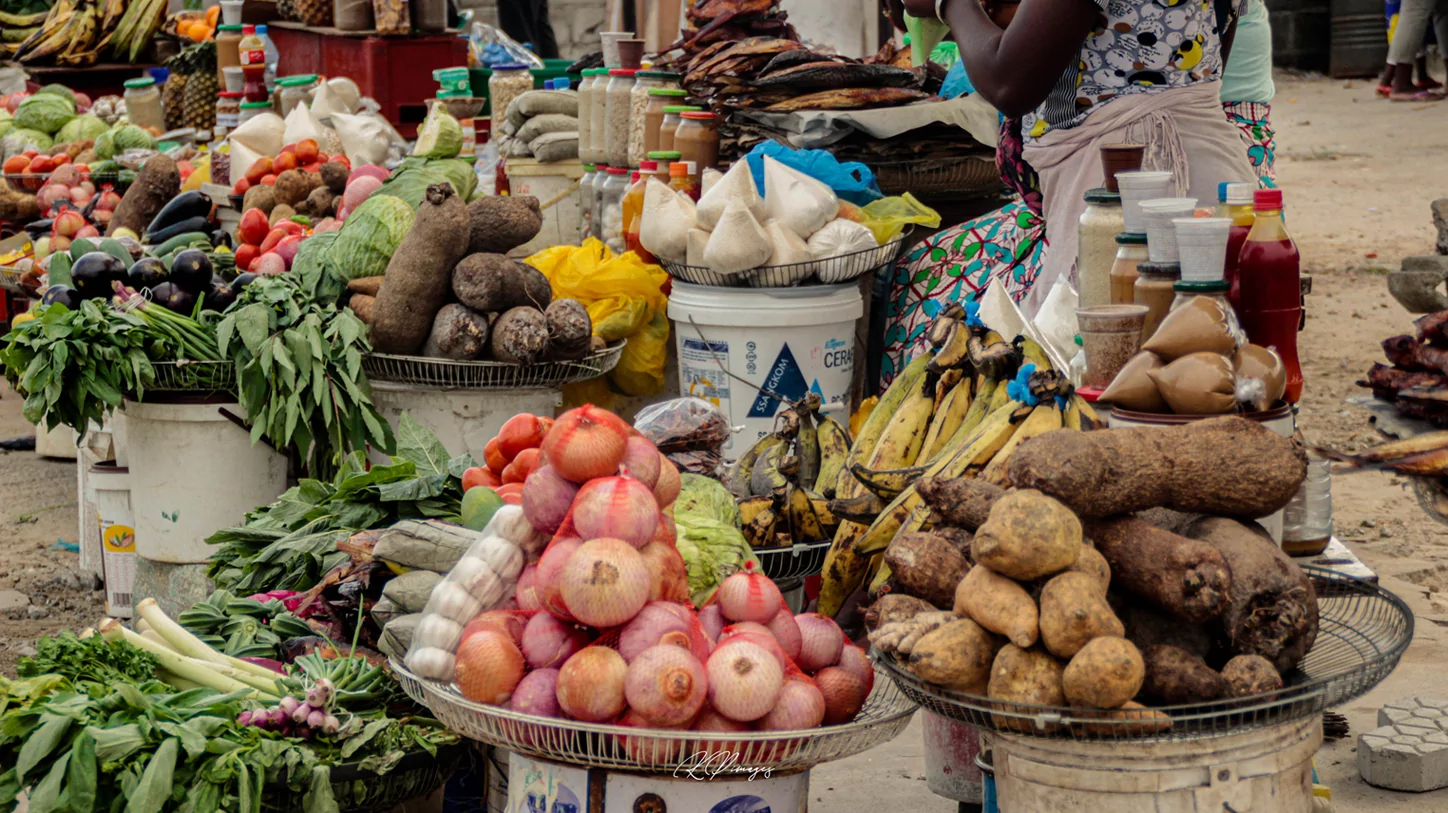
photography by: Kenny Painson
Sellers often place stalls outside the formal boundaries of the market, since the swarms of shoppers far exceed the current capacity of many market facilities throughout the country.
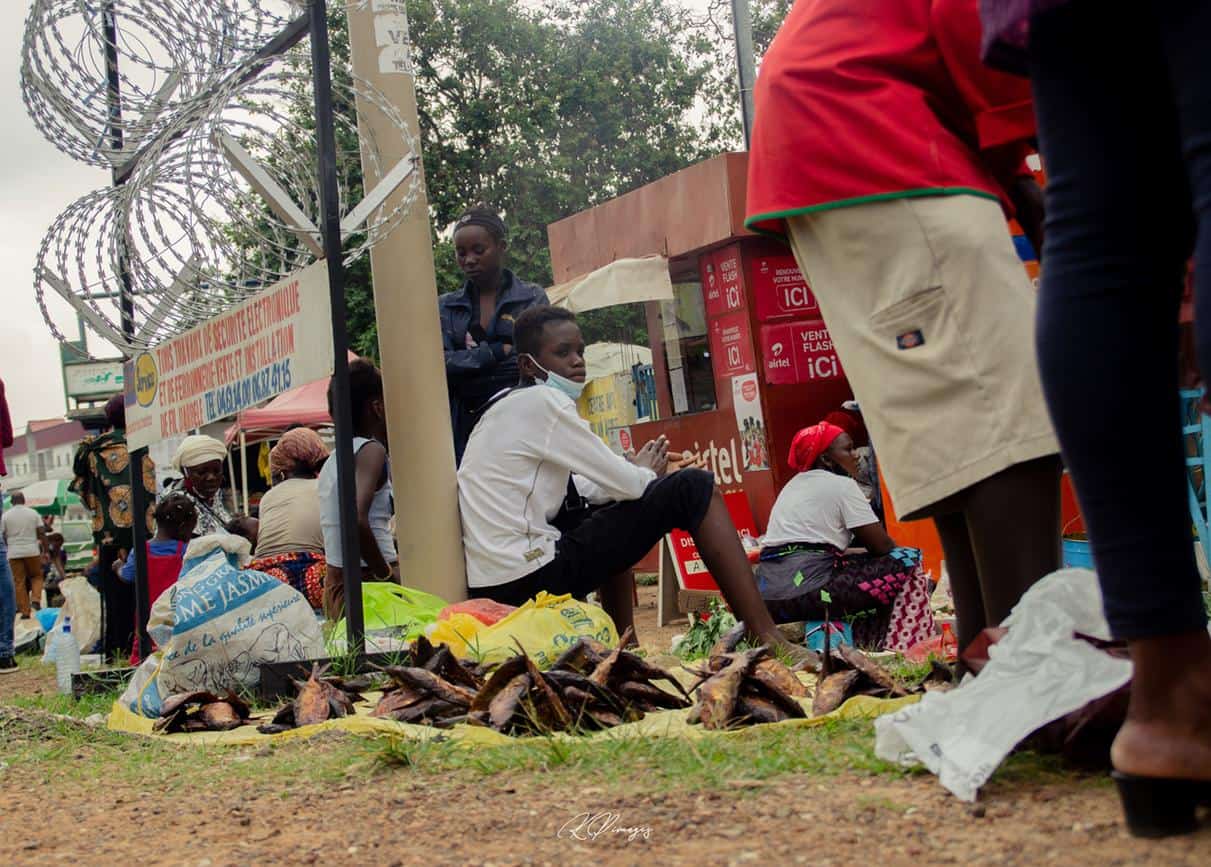
photography by: Kenny Painson
Market merchants come from all echelons of society, including the rural areas, commuting daily from the countryside with freshly picked produce, ready to be sold.
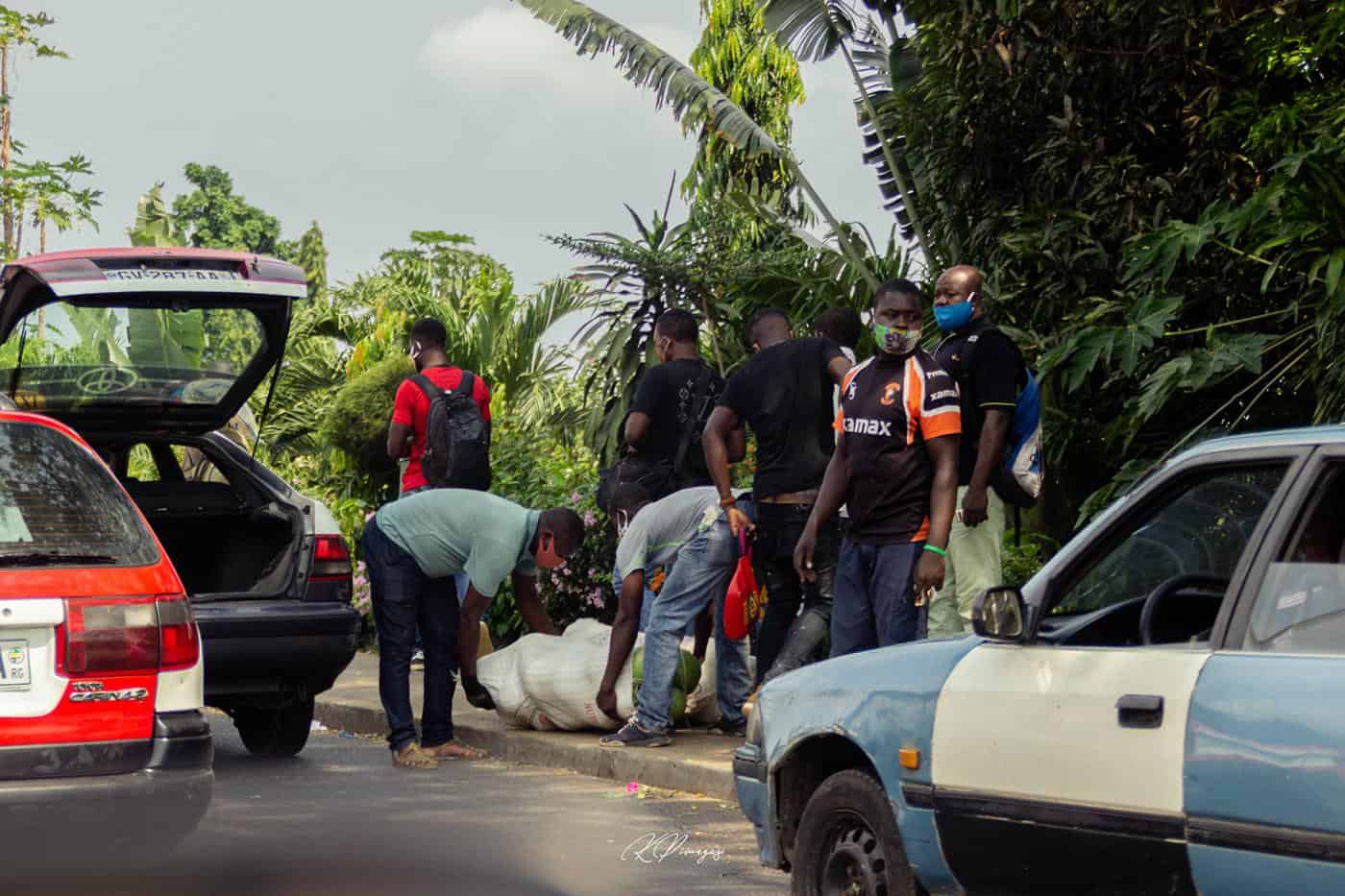
photography by: Kenny Painson
Despite being one of the richest countries in Africa, Gabon still experiences some infrastructure failures, one of which is the inundation of Ndjolé market by the Ogooué River, following heavy rains and strong streams.
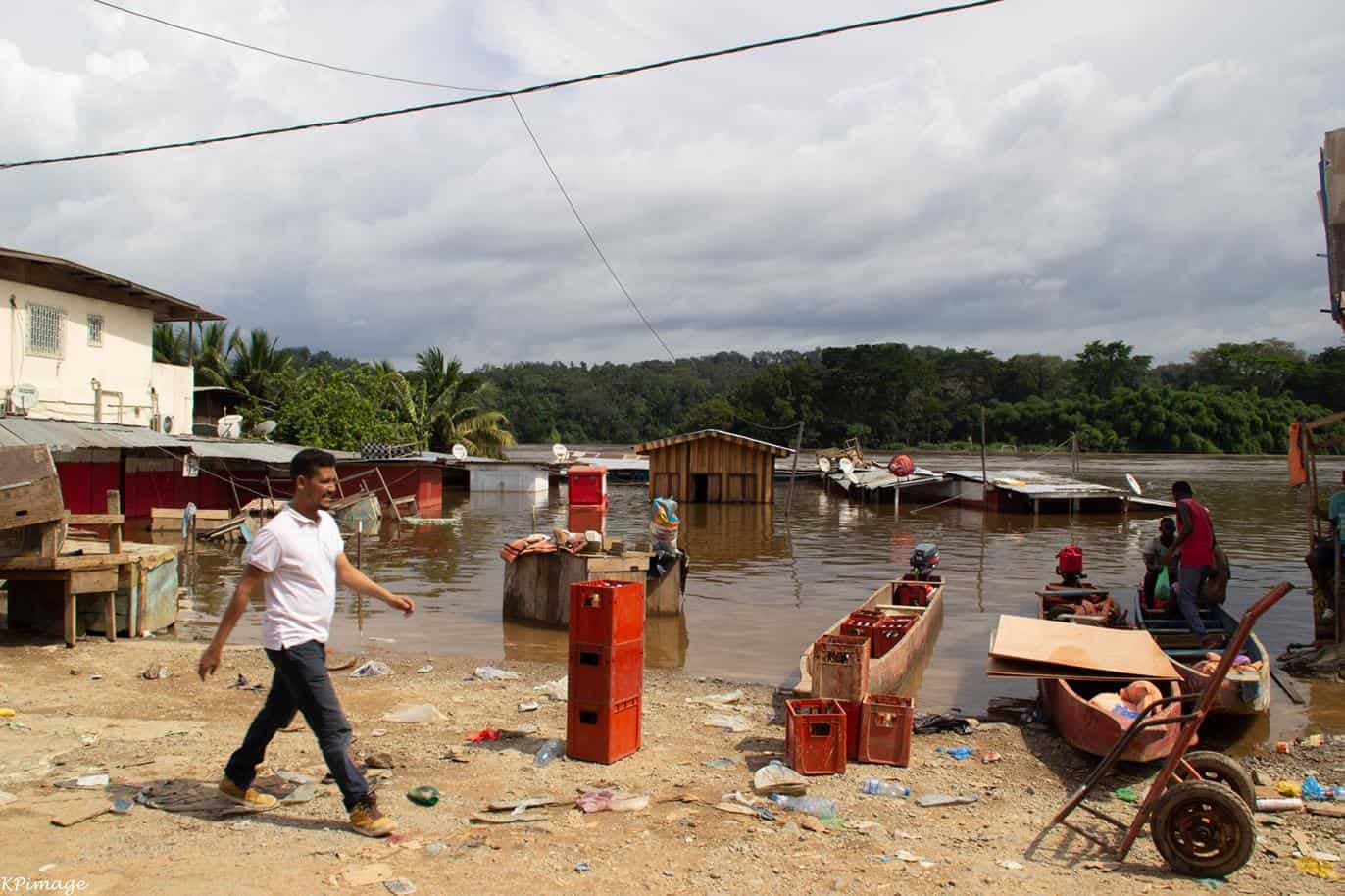
photography by: Kenny Painson
Gabon’s population stands at merely 2.1 million people as for 2020, yet what it lacks in size it makes up by being extremely diverse, home to over 40 different ethnic groups, with the Fang being the largest.
While the country is predominantly Christian, roughly ten percent of Gabonese adhere to Islam, like those smiling women, curiously staring at me while I was taking a picture of them.
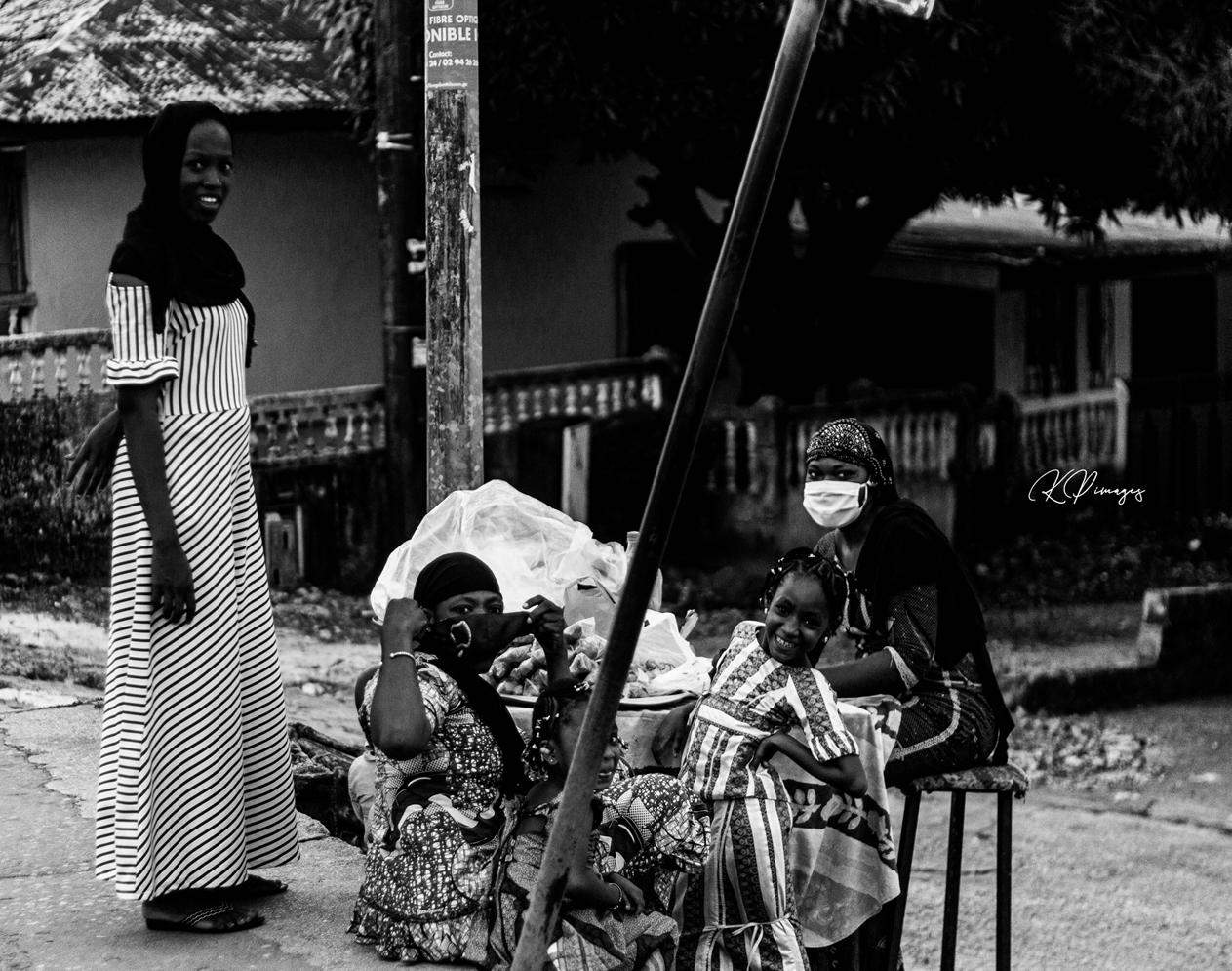
photography by: Kenny Painson
Gabonese people are extremely friendly and hospitable, best reflected in this photo, where a local young man wearing flamboyant garment and face mask decorated with the national flag, smiles widely while holding a hilariously designed shopping bag.

photography by: Kenny Painson
Many businesses along the country’s main roads regularly resort to rather creative and makeshift design to attract commuters, such is this tire-selling garage, stacking tires on each other, dyeing one of them with the title of a well-known international brand.
On the other hand, many business owners and residents dispose of their watery waste in the road built-in drainage system.
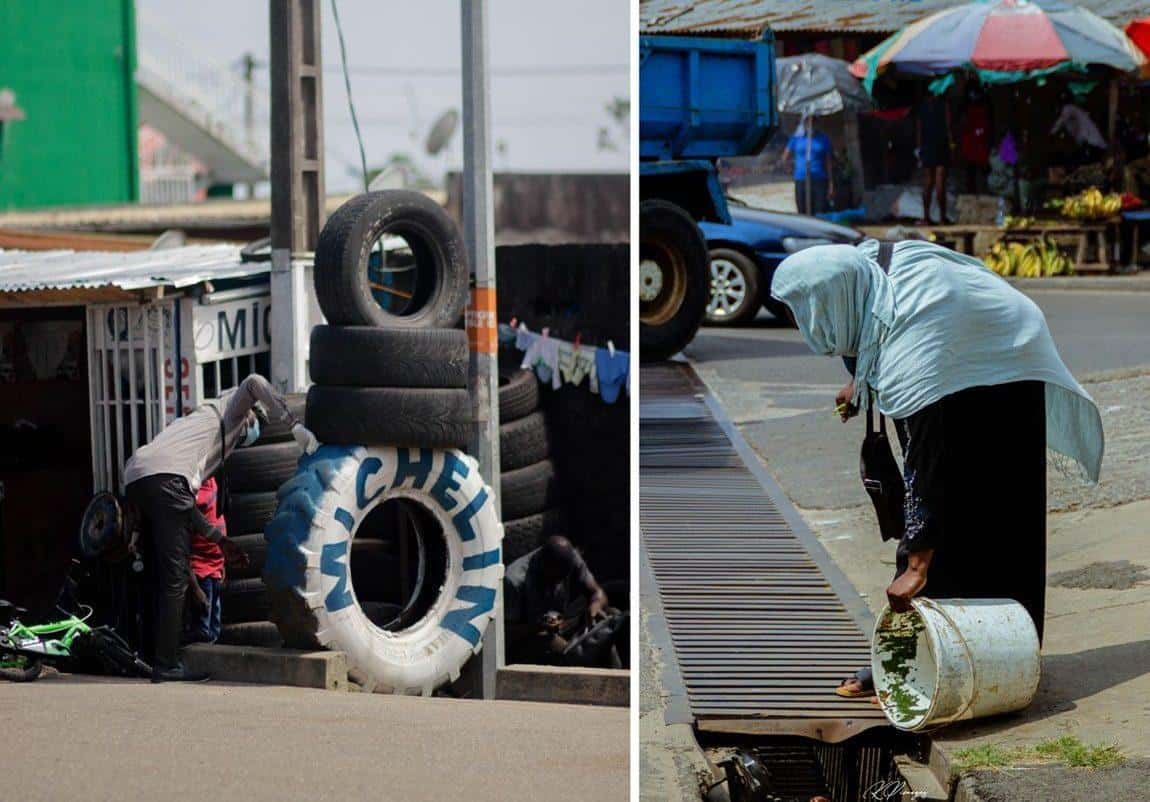
photography by: Kenny Painson
Black and white photography allows me to highlight everyday life in a different way, like those pair of Gabonese men sitting outside a grocery shop or a woman toiling to bring a gas tank to her home, both of which are striking examples of the vibrancy I witness in a local typical street.
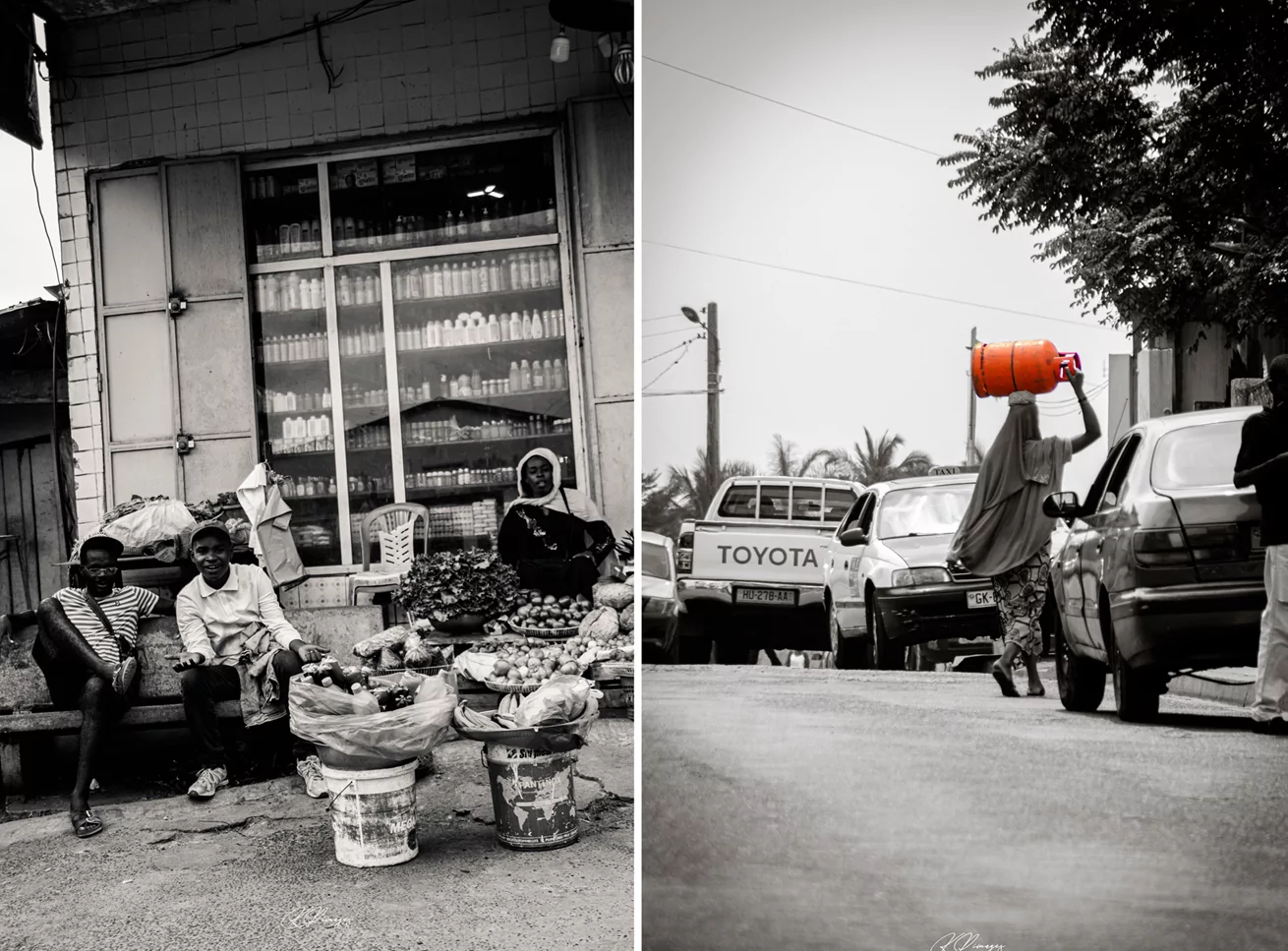
photography by: Kenny Painson
In comparison to the rest of the world, the Covid-19 pandemic didn’t hit Africa as hard as other continents, Gabon is no exception with merely 67 recorded deaths as for January 2021, however, the pandemic is well-noticeable throughout the country, evident by the governmental efforts to increase awareness to the virus in the form of large public advertisements, and the growing number of people who wear face mask, like this photographed person who provides garbage disposal services.
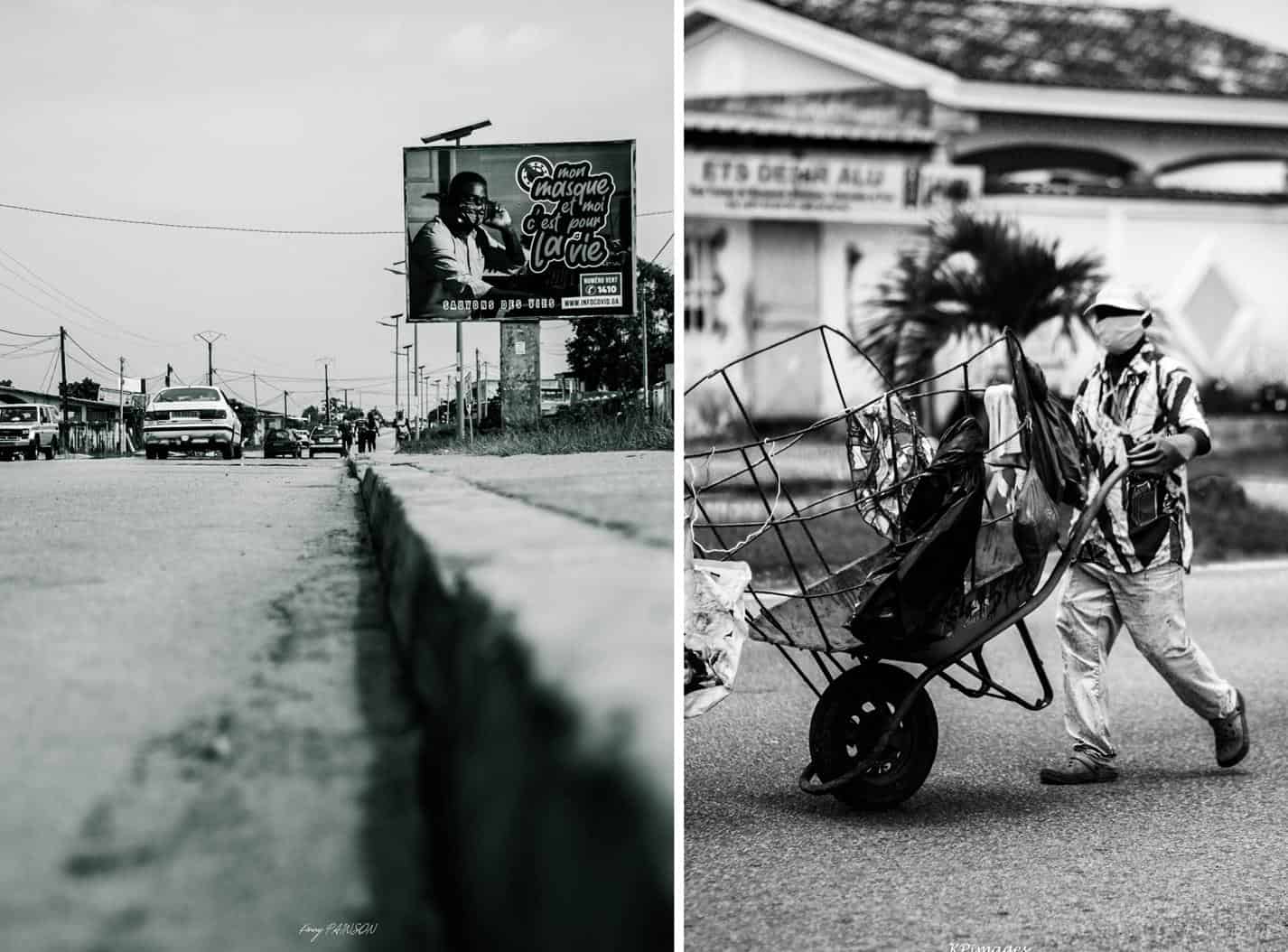
photography by: Kenny Painson
Despite Africa’s relative low number of deaths, there are still thousands of people who lost their lives after being infected with the virus, two of which are Manu Dibango, a musician from Cameroon and Pape Diouf, a French-Senegalese sport journalist, both are commemorated in this roadside memorial.
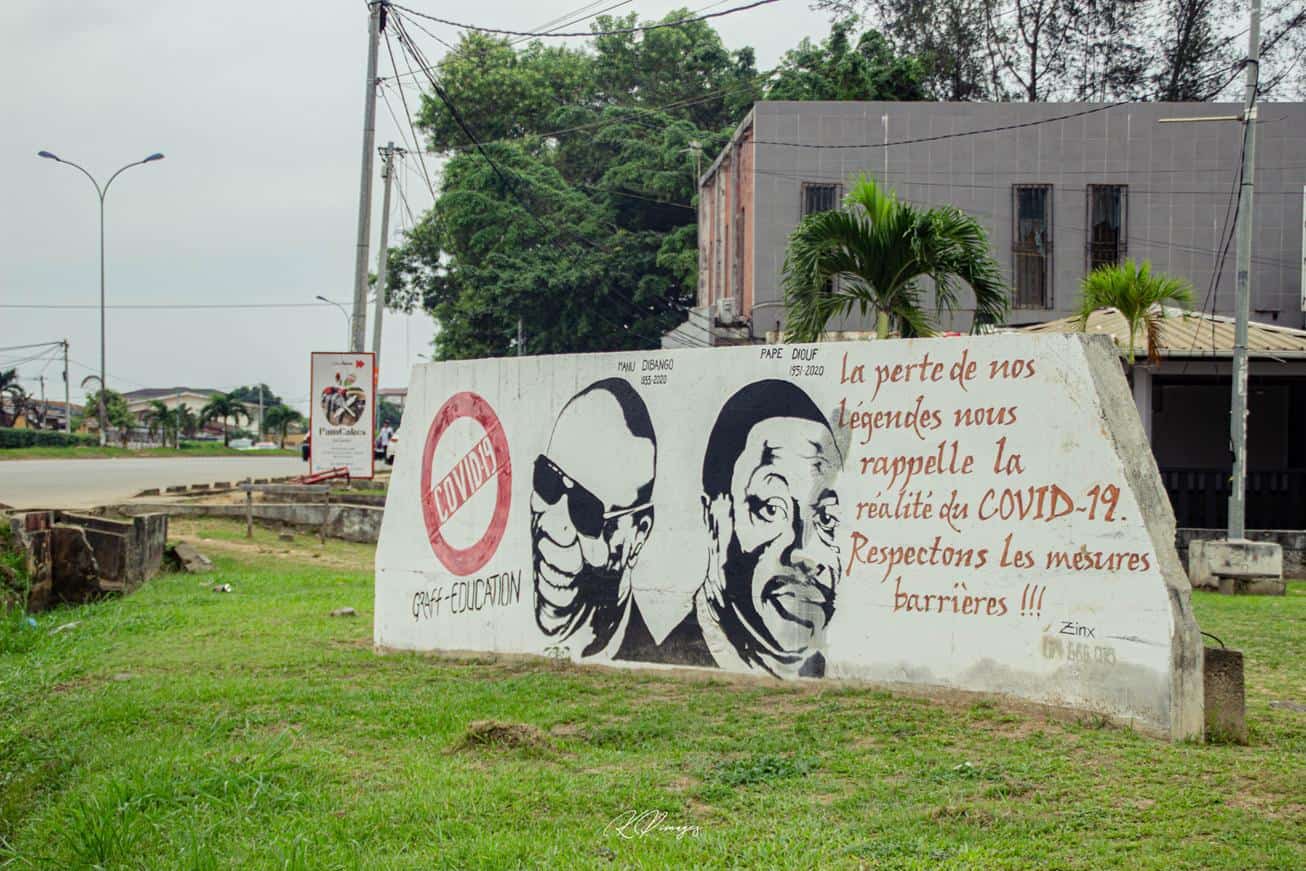
photography by: Kenny Painson
Mental illnesses are a major problem in Gabon, as people are not always getting an adequate treatment, left by the authorities to take care of themselves. One such case is this man, wandering around with a baby stroller, looking for something to eat.
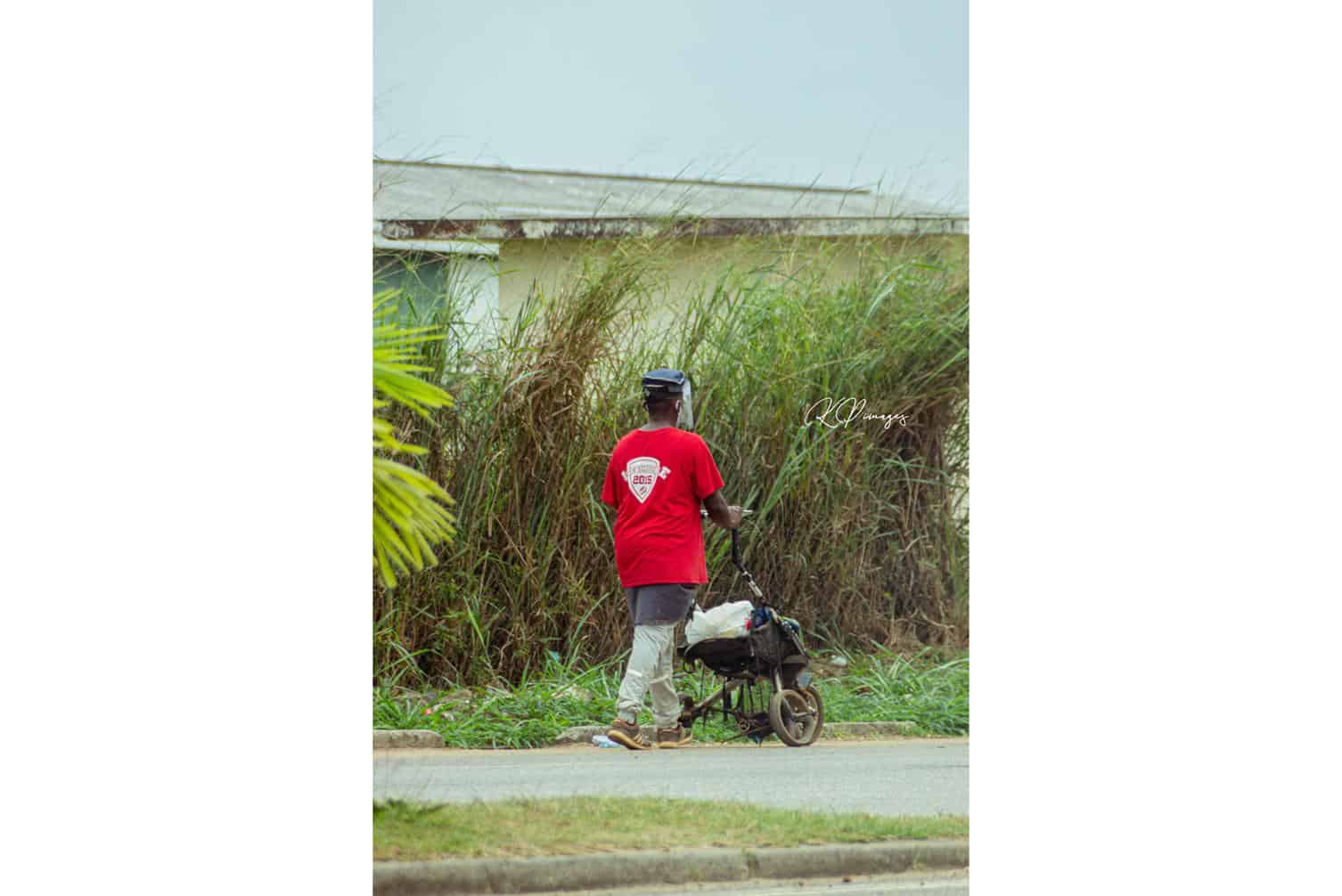
photography by: Kenny Painson
Gabonese typical streetscape is overwhelmed by a chaotic cacophony, best reflected in this lighting pole, transformed into an advertisement board, sometimes functioning as the only way people market themselves and their business.
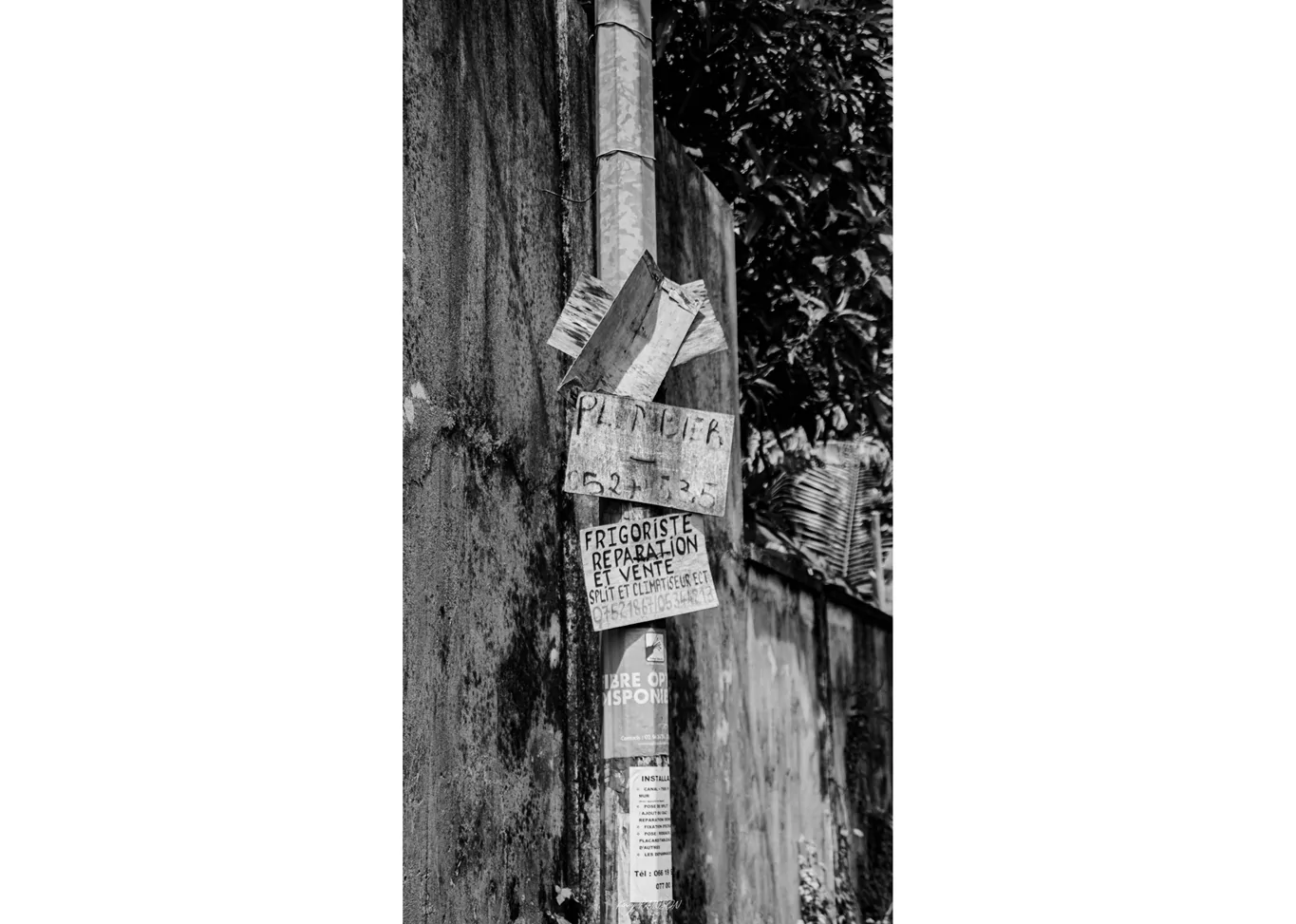
photography by: Kenny Painson
Gabon’s first protected area and a UNESCO world heritage site since 2007, Lopé National Park is one the country’s most remarkable natural wonders, covered mostly by a tropical deciduous forest with pockets of open savannas. The park serves as a refuge for hundreds of endangered species, most notably the adorable mandrills and western gorillas.
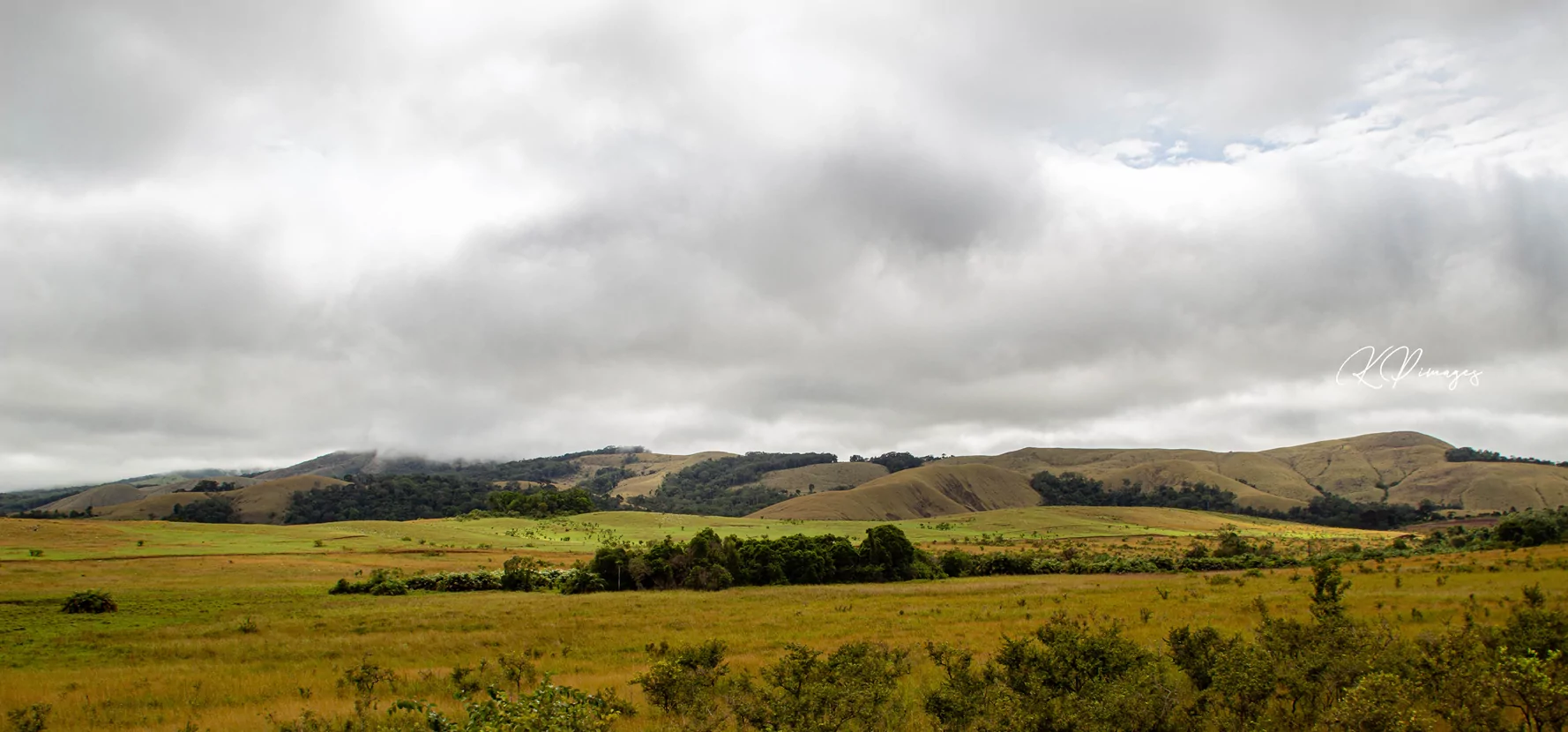
photography by: Kenny Painson
Adjacent to Lopé National Park is the village of Lopé, a small rural community that most of its livelihood comes from intrepid tourists who visit the area. The region’s natural heritage is well-manifested on the walls of the village’s elementary school, covered by colorful murals that depict the local endemic species, while on the background is the greenish Mont-Brazza.
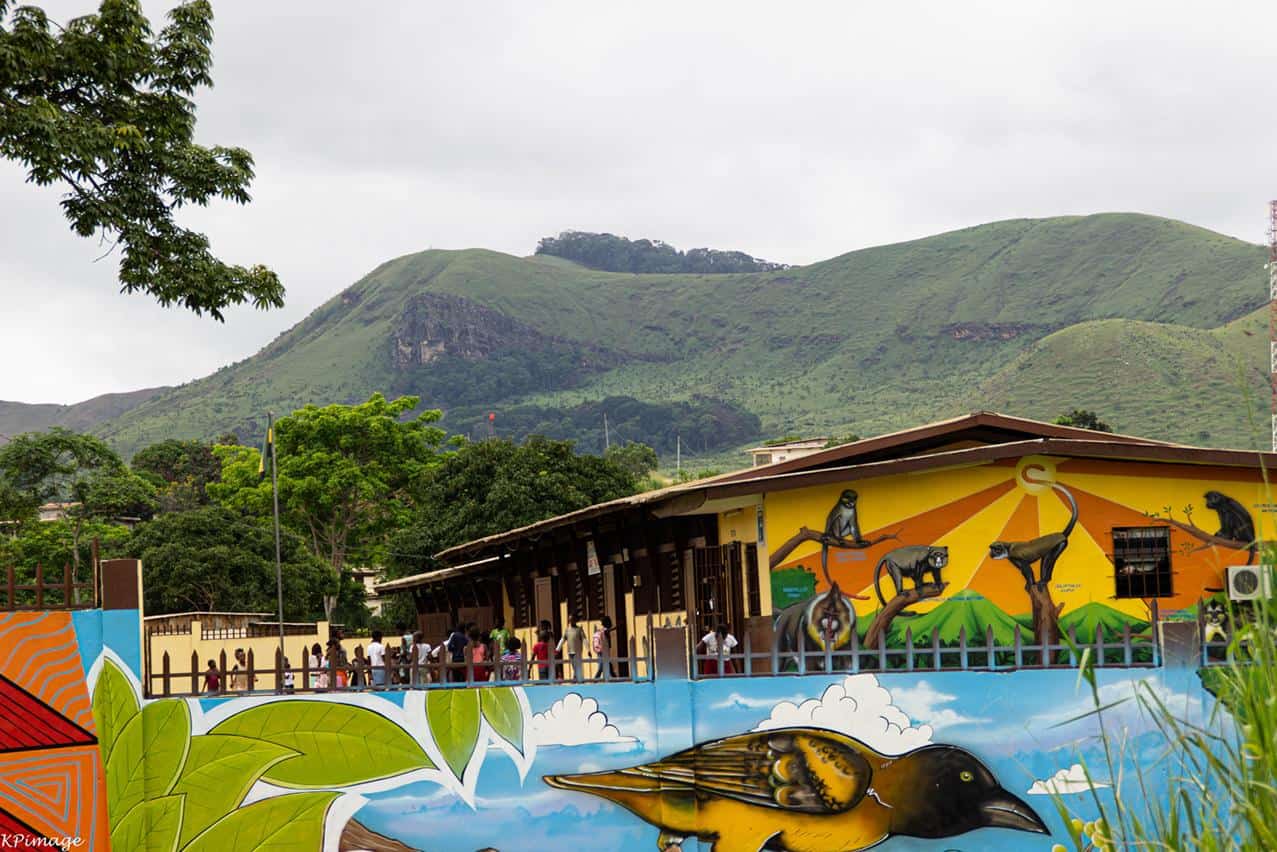
photography by: Kenny Painson
Like many Gabonese rural communities, the village of Lopé mostly consists of a rather basic housing, the majority of which is informally built, like this pharmacy that serves the entire area around the national park.

photography by: Kenny Painson
Using the public transportation in Gabon is an intriguing experience by its own right, as it provides the perfect opportunity to converse with curious locals about their daily life and culture. One of the most striking things about taking a ride in a local minibus is the fact that people often use it to transport all sort of things, from gas tanks, agricultural products and even livestock animals.

photography by: Kenny Painson
Completed in 1987, the Trans-Gabon Railway traverses the entire country, linking the capital, Libreville to Franceville in its eastern parts, crossing several towns and villages along the way, one of which is Lopé Park railway station, often used as a gateway to the national park itself. While the main intention behind the railroad construction was to transport iron ores and other raw materials from the hinterland to the country’s economic center around the coastline, it also operates as a passenger train as well.
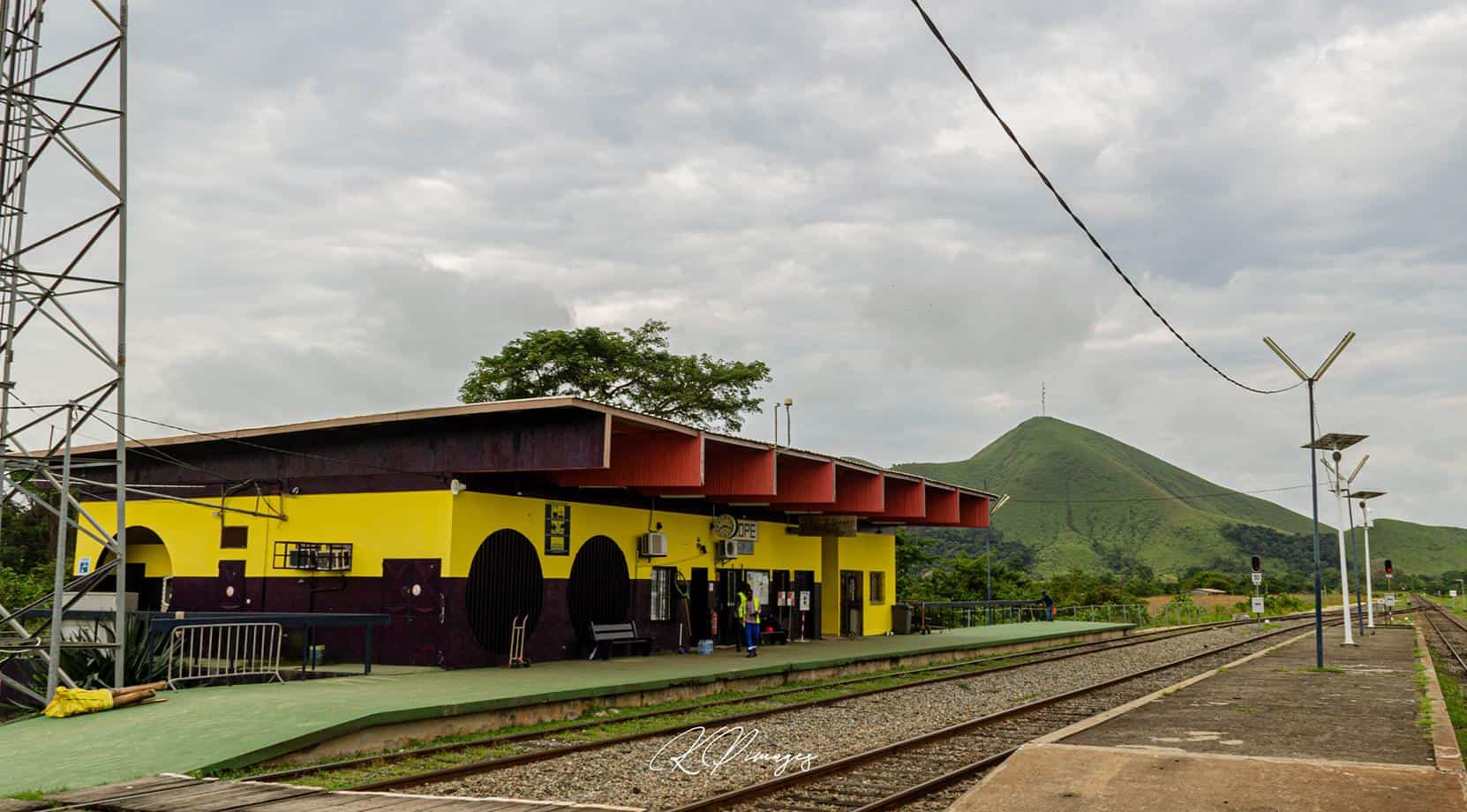
photography by: Kenny Painson
The railway total length is 670 kilometers, whereas the journey with the night train from Libreville to Lopé Park covers a distance of 290 kilometers and takes about 6 hours.
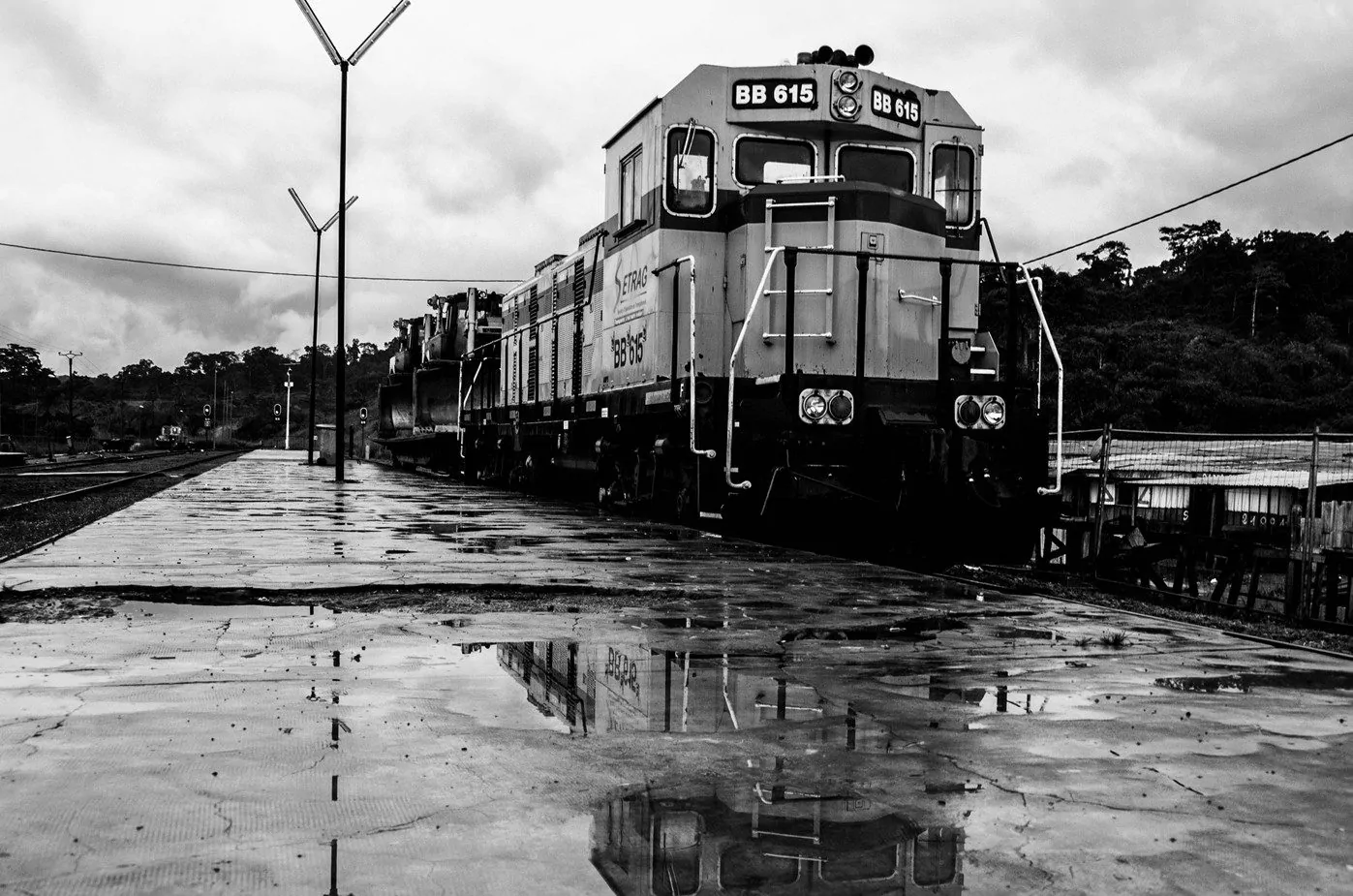
photography by: Kenny Painson
Traveling with a train in Gabon is an unparalleled experience, providing stunning views and perspectives of the country’s natural landscape, including plenty of wildlife and remote villages.
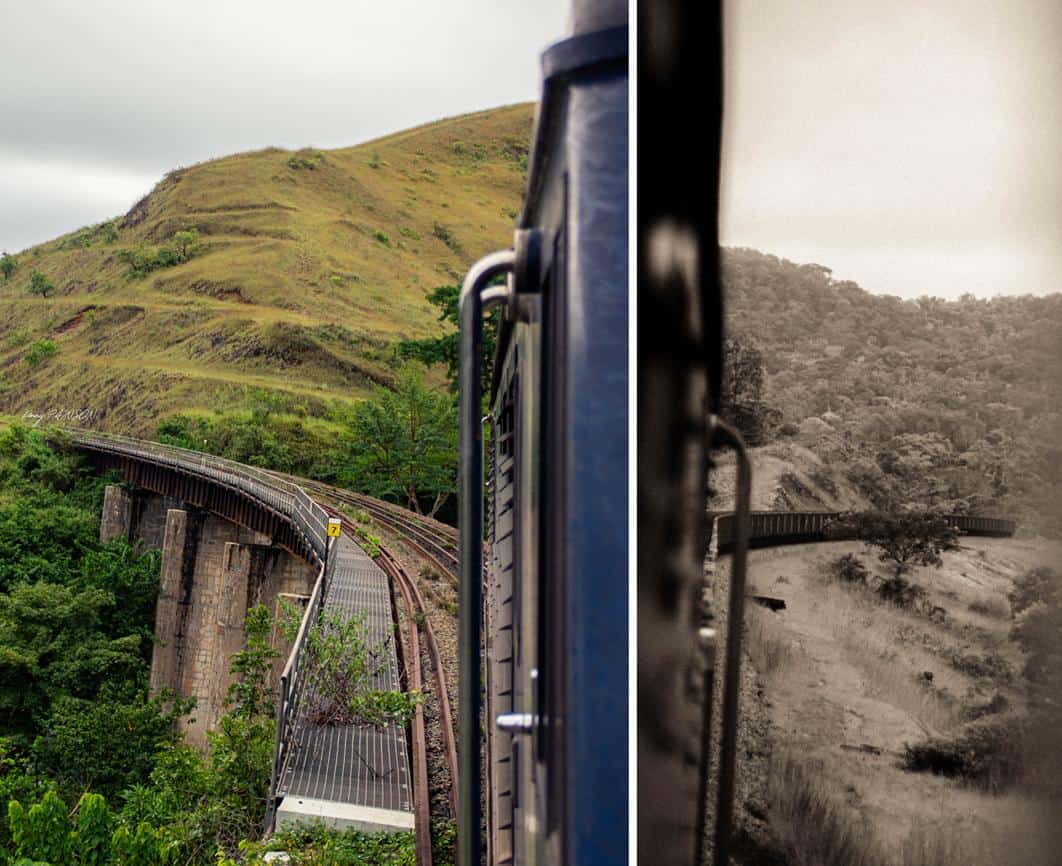
photography by: Kenny Painson
Mont Komo-Mouanda, nearby the town of Moanda in the Haut-Ogooué province, as it seen from the local train station, the second easternmost one along the Trans-Gabon railway after Franceville.
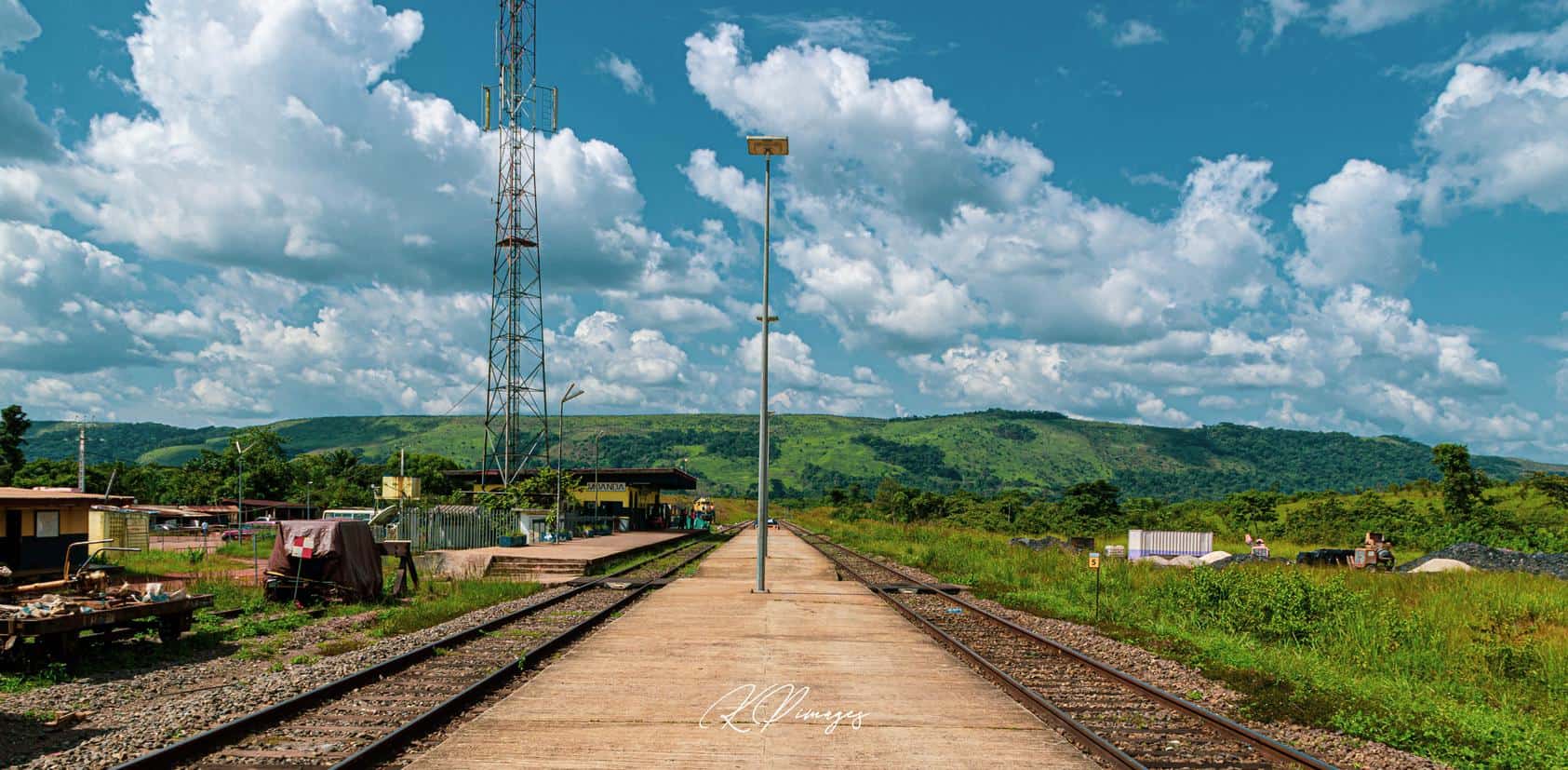
photography by: Kenny Painson
With a water volume exceeding that of the Nile, Ogooué is Gabon’s largest river, so powerful in fact that it regularly floods villages and towns along its path, like the city of Ndjolé, which was recently ravaged by the river’s rising water levels.
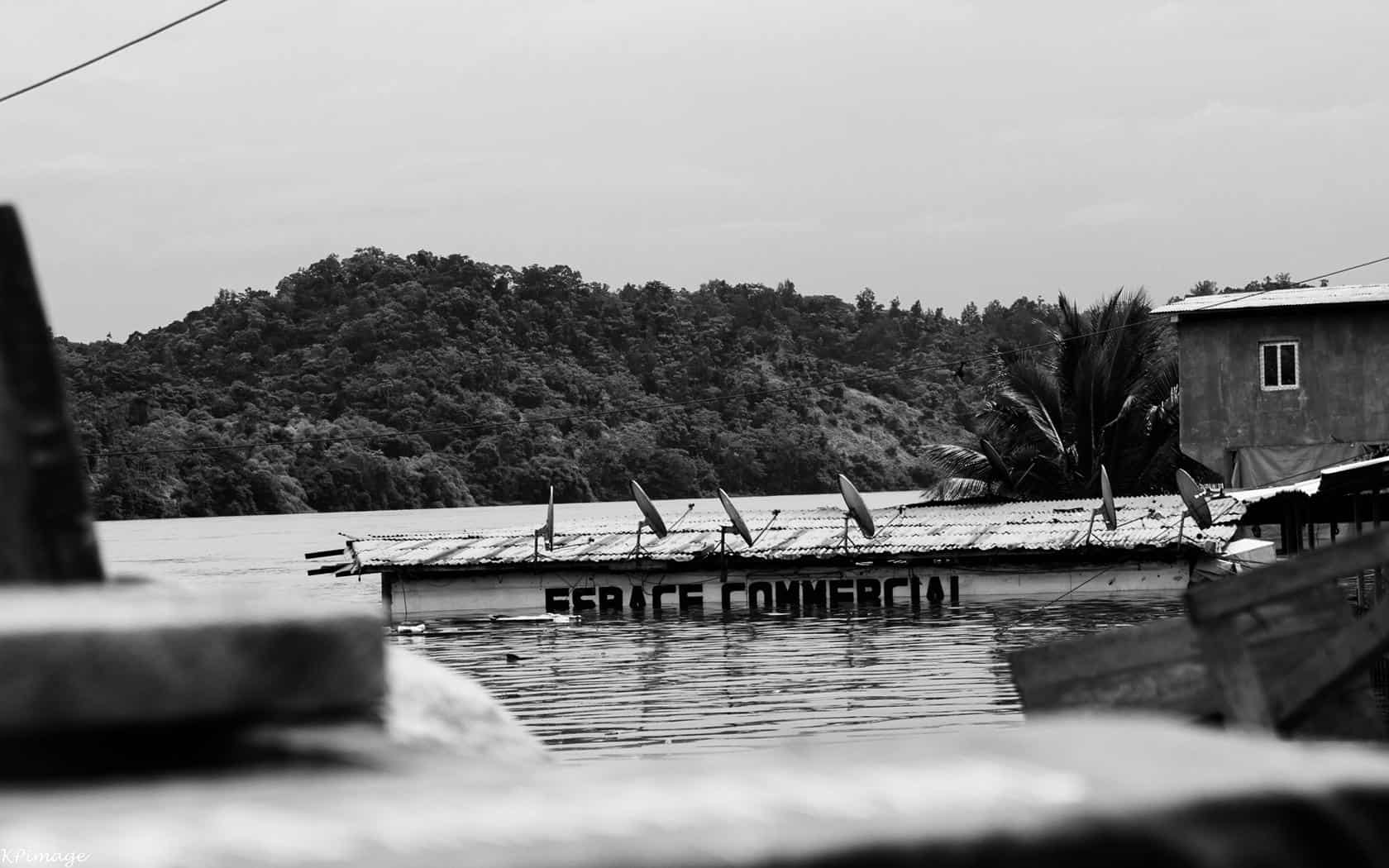
photography by: Kenny Painson
The Ogooué River starts in the Republic of Congo, flowing westwards into Gabon, ultimately ends at the Ogowe Delta, making its way into the Gulf of Guinea in the Atlantic Ocean. The river is unnavigable as a result of several sections of rapids, albeit small boats and kayaks travel through some parts where the water flow less strongly.

photography by: Kenny Painson
The bridge linking the town of Booué to the national highway crosses over the Ivindo River, one of Ogooué River’s major tributaries, flowing mostly through a lush virgin rainforest.
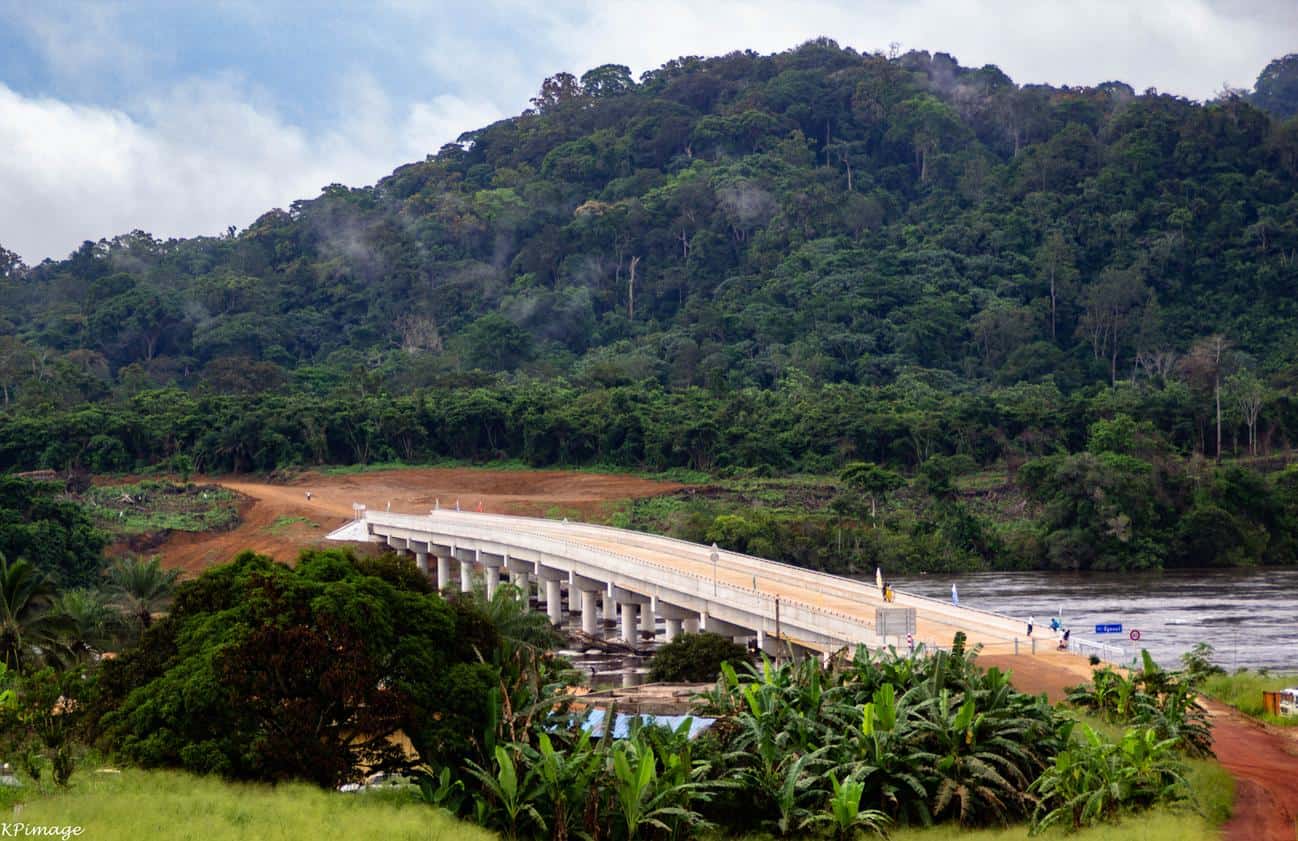
photography by: Kenny Painson
The artificially made lake near the towns of Moanda and Mounana, interestingly, just off its banks lies an old abandoned goldmine that used to operate during the 1980’s.

photography by: Kenny Painson
I am young Gabonese who has been passionate about photography for the past 5 years, extensively covering my beloved country of Gabon, a very welcoming and ethnically diverse nation.
The thing I love the most about photography is focusing on the urban environment, capturing authentic moments and scenes.
For more of my works, visit my Instagram page.
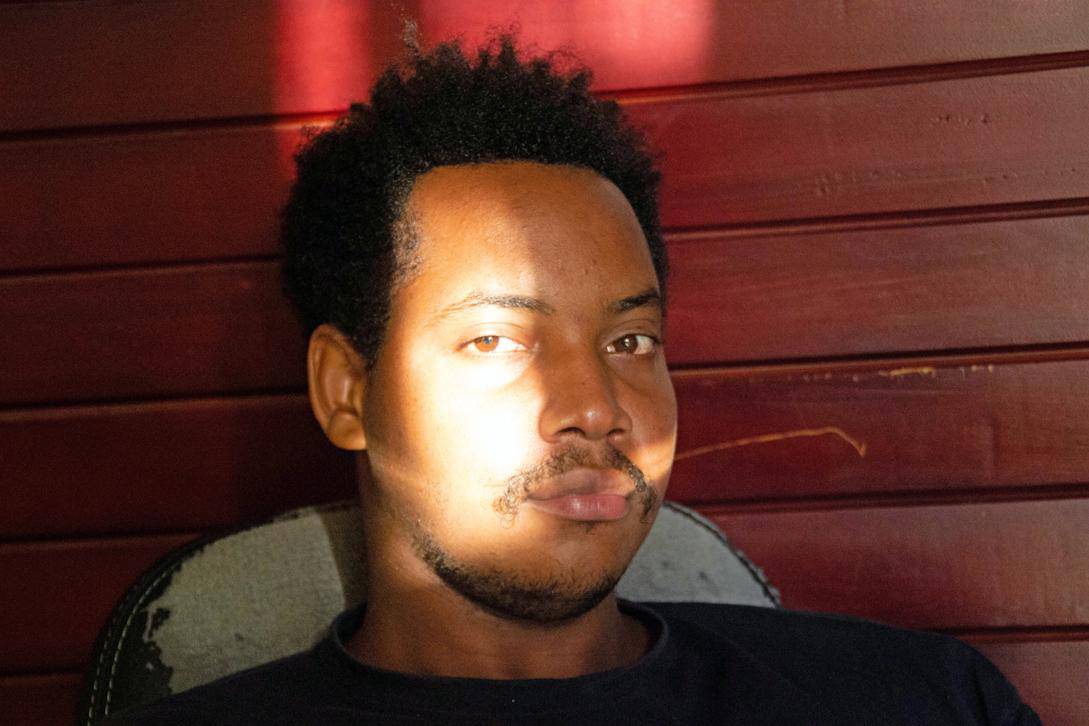
photography by: Kenny Painson